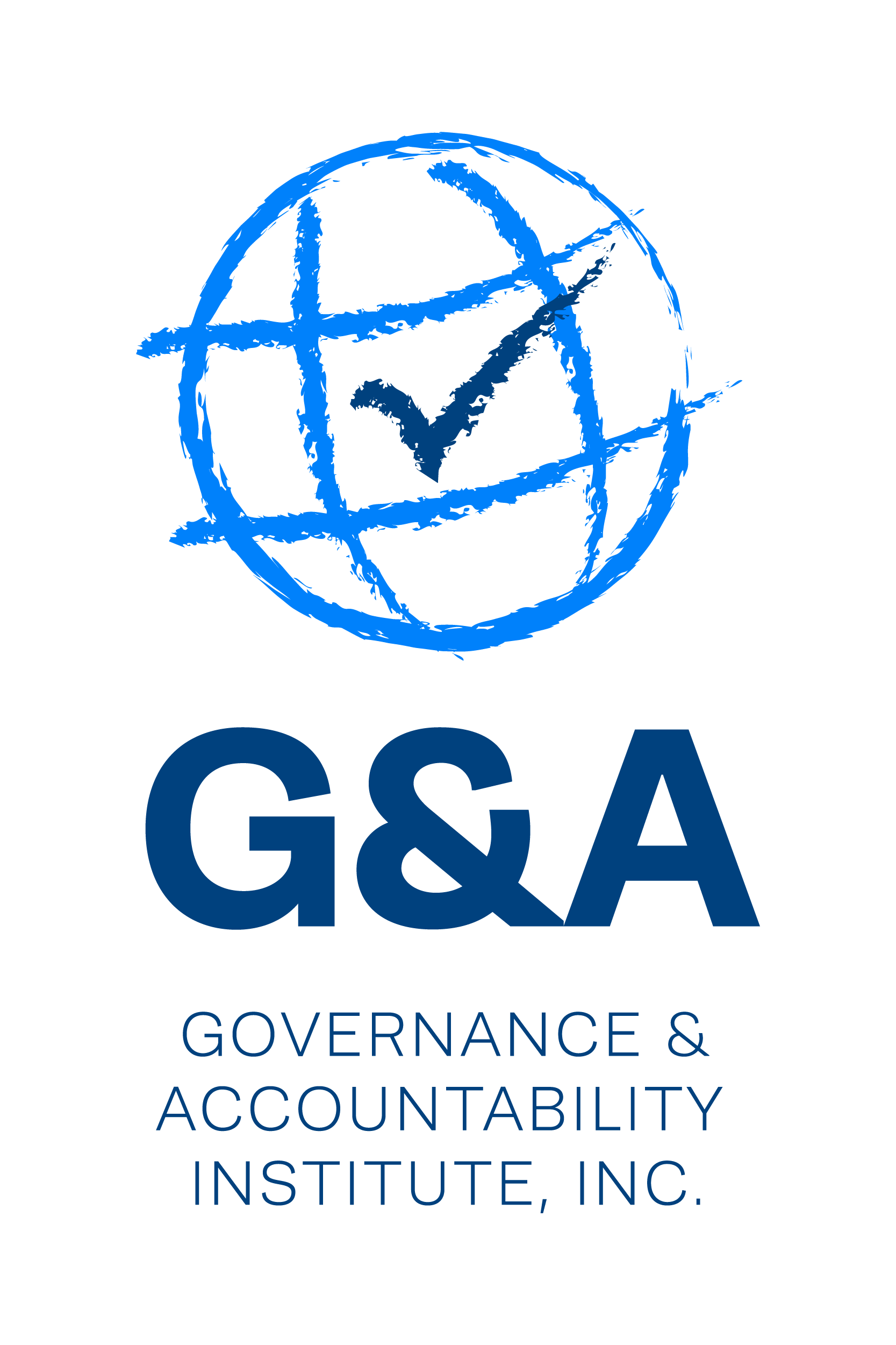Plastic Bottles, Past Present and Future – Are They a Factor in Your Organization’s Operations? Some Remedies to Consider…
G&A's Sustainability Highlights (07.26.2019)
Plastic Bottles, Past Present and Future – Are They a Factor in Your Organizati…
Among the fascinating – and horrifying – environmental-focused stories we see now on a regular basis are those about the “Pacific Gyre” -- that floating (and quickly becoming “a semi-continent” of garbage and waste) in the Northern stretches of the vast Pacific Ocean.
The National Geographic describes “The Pacific Garbage Patch” as two distinct and vast collections of floating debris in the Pacific Subtropical Convergence Zone. One patch (“the vortex”) spans east to west from the North American west coastlines all the way to Japan and includes the Eastern Patch (garbage floating between Hawaii and California).
An ocean gyre, NG explains, is a system of circular ocean currents formed by the Earth’s wind patterns and the forces created by the planet’s rotation. The gyre center is calm and stable – and so garbage piles up and stays. A bottle thrown in the California surf crosses the Pacific and ends up a patch (after about six years of travel). Most plastics (alas) do not break down – so the gyre (made up of microplastics for the most part) grows and expands. Much of the debris sinks to the bottom of the ocean.
Speaking of (plastic) bottles, how can we think outside the bottle to drive a more sustainable future? That’s the topic of today’s Top Story, with commentary by Richard Howells and David Sweetman published on the Forbes platform.
They say that 8 million metric tons of plastic are added to our oceans every day.
Among the islands of plastic debris, they examine are the Pacific patches -- one is the size of the State of Texas. Consider the impact: sea turtles caught around the Great Pacific Garbage Patch can have up to 74% of their diets comprised of ocean plastics…and in turn, some of the plastic consumed by sea creatures finds its way into our human diets. What have you eaten today that might have had “microplastics” on the ingredient label? (Hmmm…should we add that now to the food labels?)
Some states, cities and municipalities are focusing on single-use plastics (shopping bags), plastic bottles and the like. In Suffolk County, New York (a bellwether county for progressive ideas that address societal issues, and one of the first to adopt mandatory beverage container recycling 30+ years ago) recently adopted measures to reduce single-bag use by shoppers. New York State quickly adopted a statewide ban on most types of single-use plastic bags in retail. This is a trend to watch.
Among the authors’ suggestions for your business: (1) take action your on supply chain; (2) design products and packaging materials to be more bio-degradable; (2) drive a circular economy (encourage re-use, recycling); (3) examine the delivery of your products’ packaging – try re-usable containers vs. throwaway packaging. The details are in the Forbes commentary.
Focus on plastic bottles, they advise, such as the disposable water bottle (think outside the bottle!). You can use water dispensing machines; water filtration equipment (typically built in refrigerators now); re-usable water bottles (we have a neat blue bottle here on the desk from Nestle Water); be creative in recycling of water bottles. (Mohawk Industries recycles 3 billion plastic bottles annually for their carpet manufacturing.)
This is just the introduction of G&A's Sustainability Highlights newsletter this week. Click here to view full issue.

